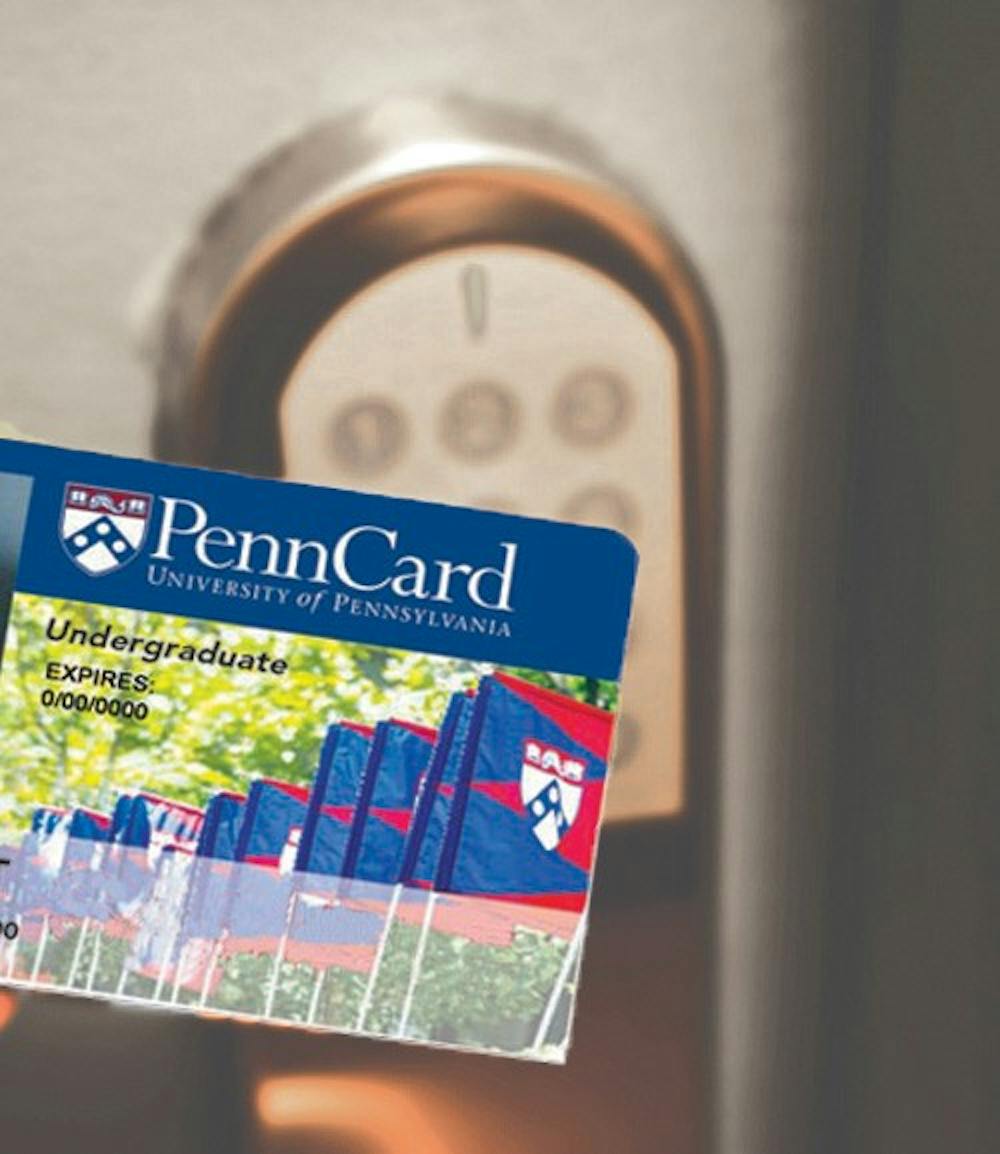PennCards will soon give students more than just access to dorms and dining halls.
The University is moving away from its 30 year-old magnetic strip PennCard to a new, contactless technology that will open up more possibilities for PennCard use.
According to the Penn Business Services website, this new chip technology will provide a host of benefits for students, including quicker transactions, improved security and the future possibility to use the PennCard in other systems.
“Contactless is the wave of the future,” Business Services Director of Communications and Project Management Barbara Lea-Kruger said. “This new type of card is coming to North America now, and the University wanted to get into a technology that improves our security and provides more flexibility.”
The new chip technology enables students to transmit data when held within two to three inches from a chip reader. The embedded chip also has the ability to store data, which will eventually allow students who regularly take SEPTA to use this card as a payment method.
“The new card will have the ability to do the same things that the current card does,” PennCard Center Director Chris Sapp said. “But in addition, it will allow us to partner with SEPTA for the payment of a transit fare and potentially PATCO as well.” The Port Authority Transit Corporation is the high speed rail line between Southern New Jersey and Philadelphia.
This fall, incoming students without PennCards or those with expired cards will receive the new card. The complete transition to the contactless card is expected to take about five to 10 years. Until then, cards will have both the magnetic strip as well as the advanced chip technology.
In addition to its many functional improvements, a blue theme was chosen to reflect the University flag on the card and make it easier to identify. There will also be a symbol of a hand holding a card emitting radio waves as a means of distinguishing the contactless PennCard.
"The new cards, as well as the readers that will start to emerge on campus in the second half of this summer will have a symbol on the back that represents this technology,” Division of Public Safety’s Director of Operations & External Affairs Kathleen Shields Anderson said.
Although this new technology will provide better security, students should not be concerned about potential fraud with the current magnetic strip card.
“We are not making this change because we are worried about our current PennCard security,” Lea-Kruger assured. “It’s just that, going forward, as systems get more sophisticated, we needed to position our technology to match that.”
While there is no initial charge for the new PennCard, lost or stolen cards will cost $30 and damaged cards will be $10.



